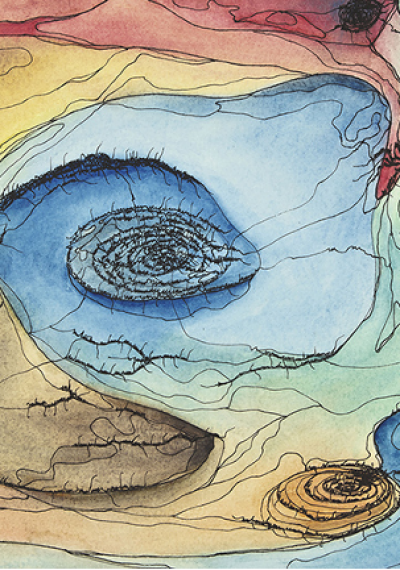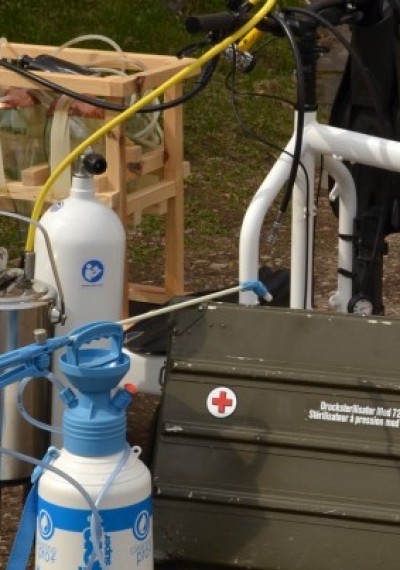Over the past two months, historian and archivist Audrius Dambrauskas has been working on a research commission for NAC looking for traces of how Neringa and the Curonian Spit have been depicted in moving images throughout the 20th century.
The landscape of the Curonian Spit and the images produced to depict it have a reciprocal relation. It was first depicted as a romantic, “remote”, and “exotic” site by urban painters from Germany arriving in Nida at the end of the 19th Century, seeking motives to represent the idea of “untouched” nature as opposed to the industrial urban centers of Europe. It seems that up to the current day, the narrative of the Curonian Spit is formed according to images produced in multiple ways throughout the past century. Besides painting, photography and moving images have contributed to constructing this collective imaginary that includes a reformulation of how villages should look, how the landscape is formed, the customs and habits of the people, their social relations, and so on.
The aim of this research is to create a filmography of material recorded on the Curonian Spit from the beginning of the 20th century to the present day. This research has a broad scope, including feature films, documentaries, TV films, newsreels, amateur films, and art. The material is drawn from archives, databases, and film libraries of both Lithuanian and foreign (especially German and Russian) collections. Films produced in the Curonian Spit are identified with the help of film producers, film researchers, and consultations with other institutions as well as individuals interested in the history of the region. Although Audrius Dambrauskas does not intend to document every film ever produced in the Curonian Spit, the current phase of the research aims to create a filmography that would encompass the critical mass of such documents and which could be continuously complemented with new data. Further plans include creating a film library at NAC based on this research, to allow each of its visitors the possibility to study work produced in this region and observe the changing landscape and history of the Curonian Spit through the eyes of filmmakers, journalists, artists of different eras, backgrounds, and nationalities.
The filmography is accompanied by a concise overview of the history of film policy that has affected the Curonian Spit, also looking at cinematographic activities that have taken place in the region (not only films, but also film festivals, workshops etc.). The overview will help to place the works identified in the filmography into broader historical contexts. The research also pays special attention to films that have not survived to the present day, using archival documents and historical material to identify works made in the Curonian Spit during the interwar period, as well as their authors. Today, most of these films are considered lost, but this filmography will offer a unique opportunity for one to get to know their authors, and to see the images of the Curonian Spit which attracted their eyes almost a century ago.
Audrius Dambrauskas is a historian and archivist, currently working in the Lithuanian Archives of Literature and Arts. His main scientific interests are film history and the popular culture of interwar Lithuania. In November 2020, he completed the joint Vilnius University and The Lithuanian Institute of History PhD program with his doctoral dissertation Film culture in Lithuania, 1926–1944: between entertainment and ideology. He is the author of several scientific articles on film history in Lithuania, and more than a hundred popular articles on the history of Lithuanian film, science fiction literature, and popular culture.
The research commission is funded by the Lithuanian Council for Culture.







